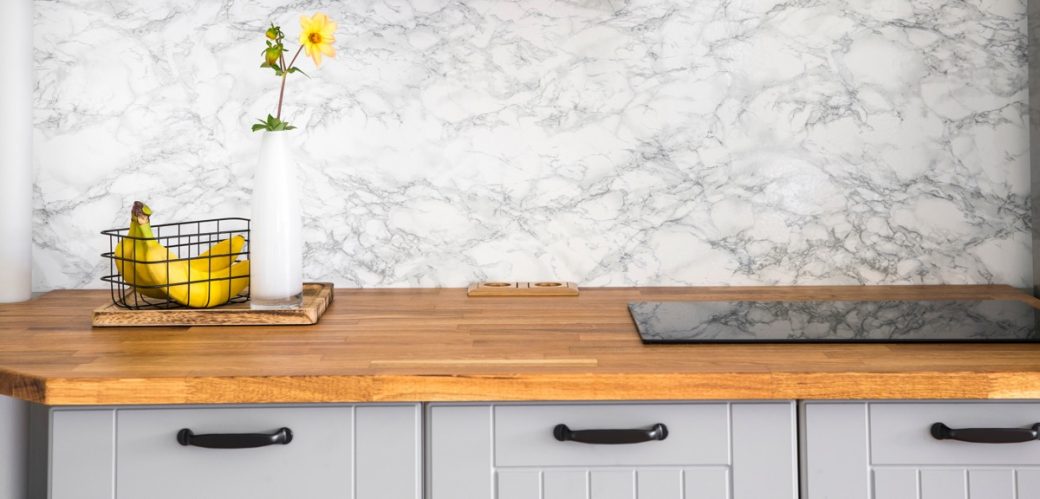In the realm of flooring, homeowners are constantly seeking the perfect blend of aesthetics, durability, and maintenance. Wood look tiles and Luxury Vinyl Tile (LVT) both offer appealing alternatives to traditional hardwood flooring. Each has its unique benefits and limitations, making the choice between them crucial for achieving your ideal space. This article explores the features, advantages, and drawbacks of wood look tiles and LVT to help you make an informed decision.
Wood Look Tiles: An Overview
Wood look tiles are ceramic or porcelain tiles designed to mimic the appearance of natural wood. Advances in digital printing technology have made it possible to create tiles with impressive wood-like textures and patterns.
Advantages of Wood Look Tiles
- Durability: Wood look tiles are exceptionally durable. Unlike natural wood, they are resistant to scratches, dents, and moisture. This makes them suitable for high-traffic areas and rooms prone to spills, such as kitchens and bathrooms.
- Low Maintenance: These tiles are easy to clean and require minimal maintenance. A simple sweep and mop are usually sufficient to keep them looking their best.
- Water Resistance: Being made of ceramic or porcelain, wood look tiles are inherently water-resistant. This makes them ideal for areas where moisture might be a concern.
- Longevity: Properly installed and maintained, wood look tiles can last for decades, offering a long-term flooring solution.
Drawbacks of Wood Look Tiles
- Cold Underfoot: Unlike natural wood, ceramic and porcelain tiles can feel cold, which might be uncomfortable in colder climates. Adding rugs or investing in underfloor heating can help mitigate this issue.
- Installation Complexity: Tile installation is generally more complex and labor-intensive compared to other flooring options. It requires precise cutting and setting, often necessitating professional help.
- Hard Surface: While durable, wood look tiles can be unforgiving underfoot, which might not be ideal for homes with young children or elderly residents.
Luxury Vinyl Tile (LVT): An Overview
LVT is a synthetic flooring material designed to imitate natural materials like wood and stone. It combines layers of vinyl with a photographic layer that mimics the appearance of the material it emulates.
Advantages of LVT
- Comfort: LVT is softer and warmer underfoot compared to wood look tiles. This makes it more comfortable for standing and walking, especially in colder weather.
- Ease of Installation:wood look tiles over LVT often comes with a click-lock installation system or glue-down options, making it relatively easy to install compared to tile. DIY enthusiasts may find LVT installation more manageable.
- Affordability: Generally, LVT is less expensive than wood look tiles. It offers a cost-effective solution while still providing an attractive appearance.
- Waterproof Properties: Many LVT products are entirely waterproof, making them suitable for areas with high moisture levels, like bathrooms and basements.
Drawbacks of LVT
- Durability: While LVT is resistant to scratches and dents, it may not be as durable as wood look tiles. High heels, heavy furniture, or sharp objects can potentially damage the surface.
- Environmental Concerns: LVT is made from synthetic materials, which can be a downside for those seeking eco-friendly flooring options. However, some manufacturers are working on more sustainable vinyl products.
- Fading: Over time, LVT may experience color fading, especially in areas exposed to direct sunlight.
Comparison and Conclusion
When choosing between wood look tiles and LVT, consider your specific needs and preferences:
- Durability and Maintenance: If you prioritize durability and low maintenance, wood look tiles may be the better option. They offer superior resistance to moisture and physical damage.
- Comfort and Ease of Installation: For a more comfortable surface and simpler installation process, LVT stands out. Its softer feel and ease of DIY installation can be significant advantages.
- Cost and Environmental Impact: LVT is generally more affordable and easier to install, but wood look tiles offer a more premium feel and greater longevity. Environmental considerations might also influence your decision, as wood look tiles are generally made from natural materials, while LVT is synthetic.
In the end, both flooring options provide attractive and practical solutions. Your choice will depend on factors such as budget, climate, installation preference, and long-term durability requirements. By weighing these factors, you can find the flooring solution that best suits your home and lifestyle.

